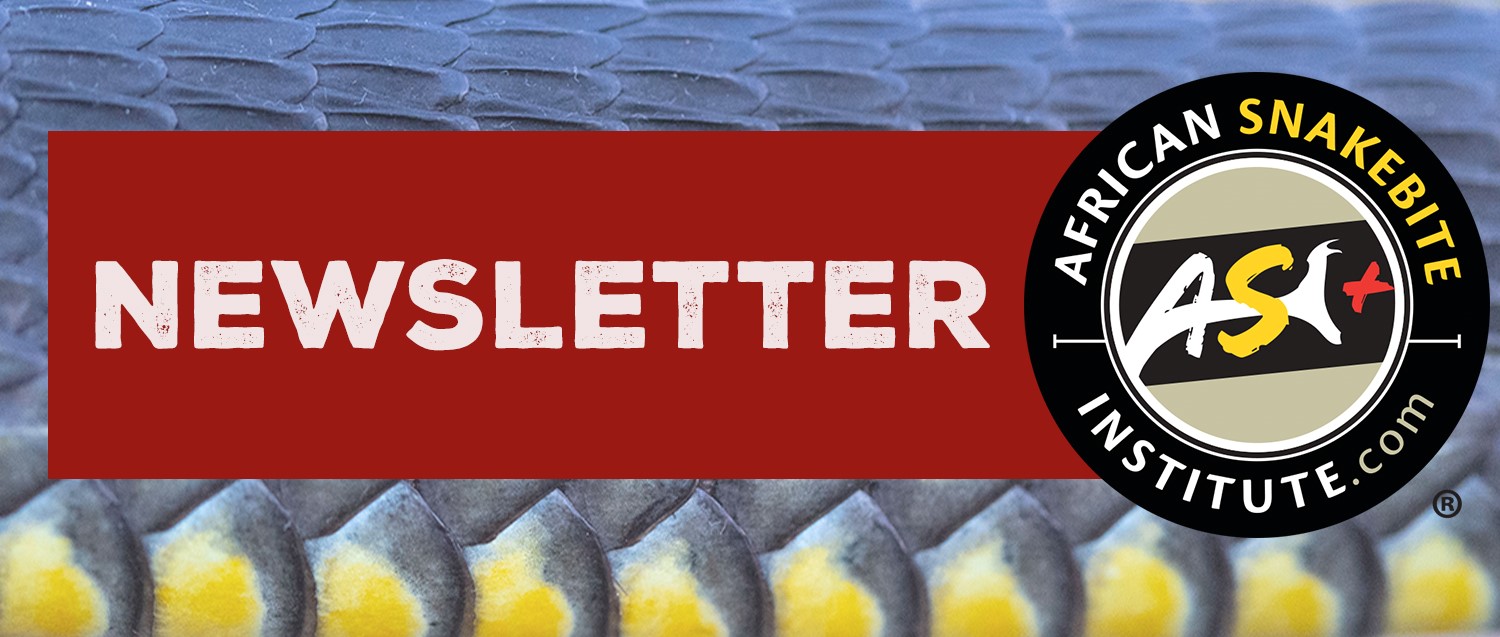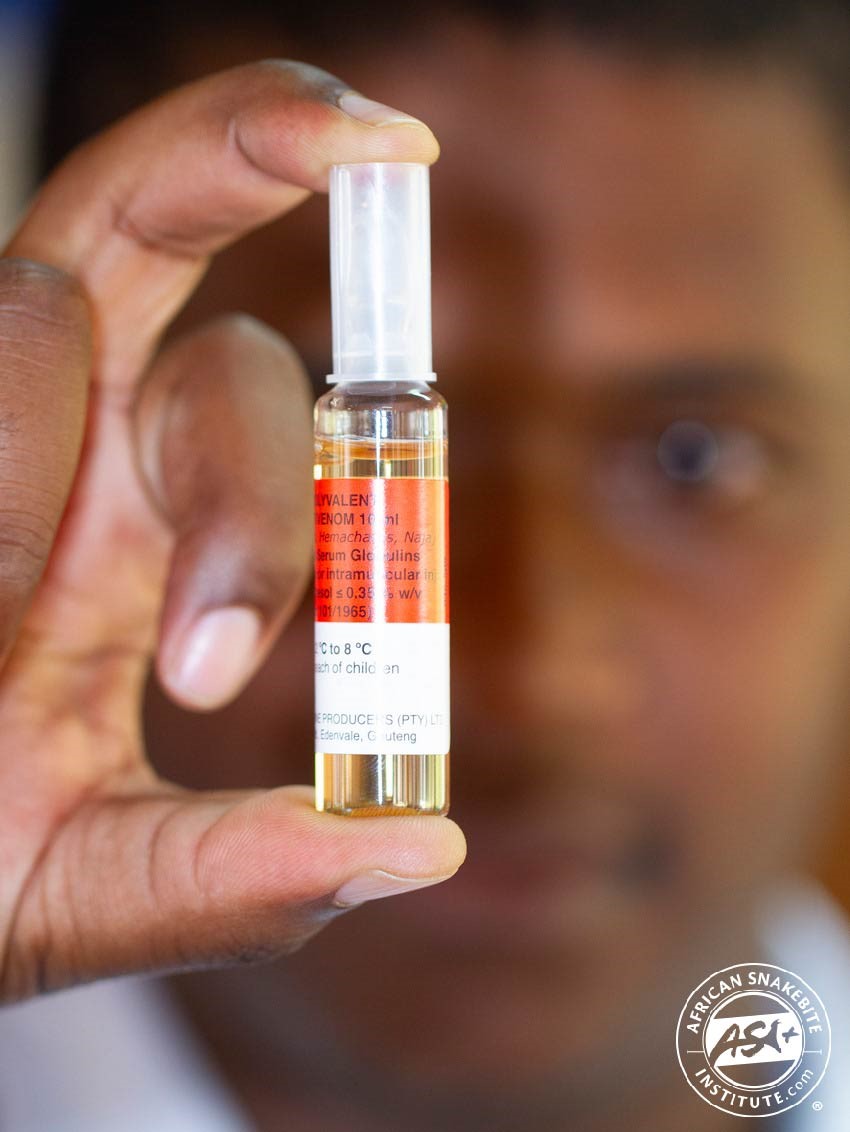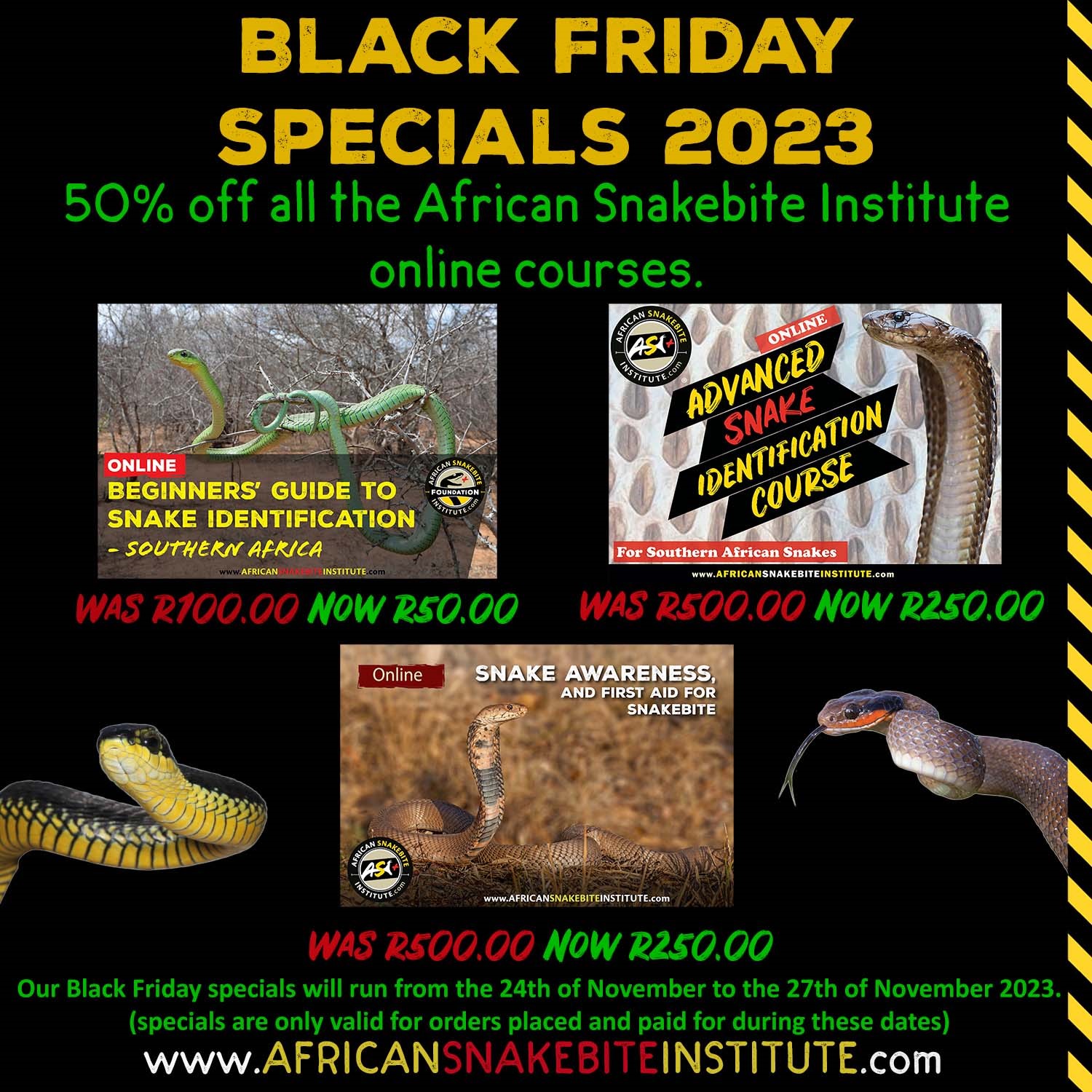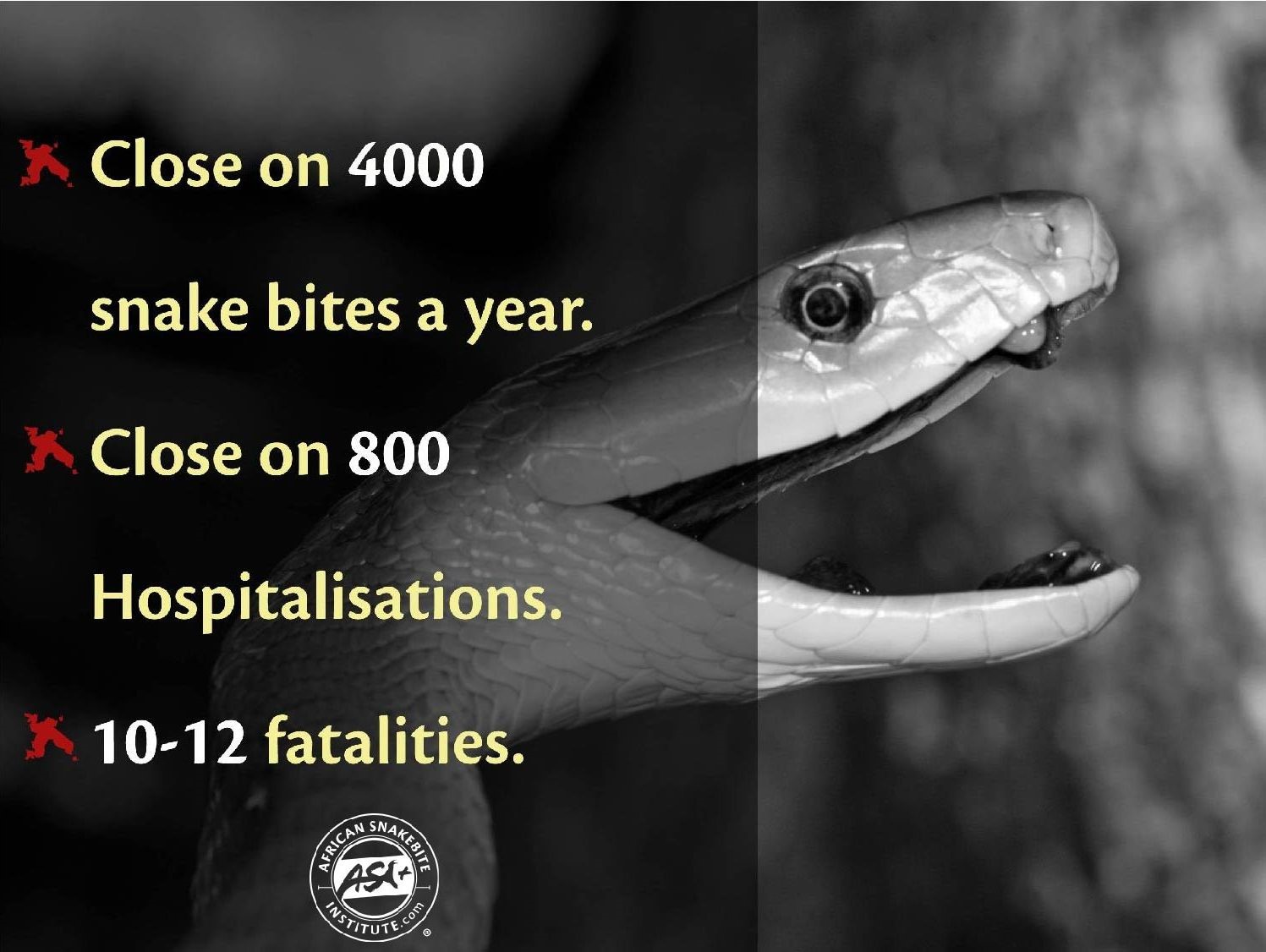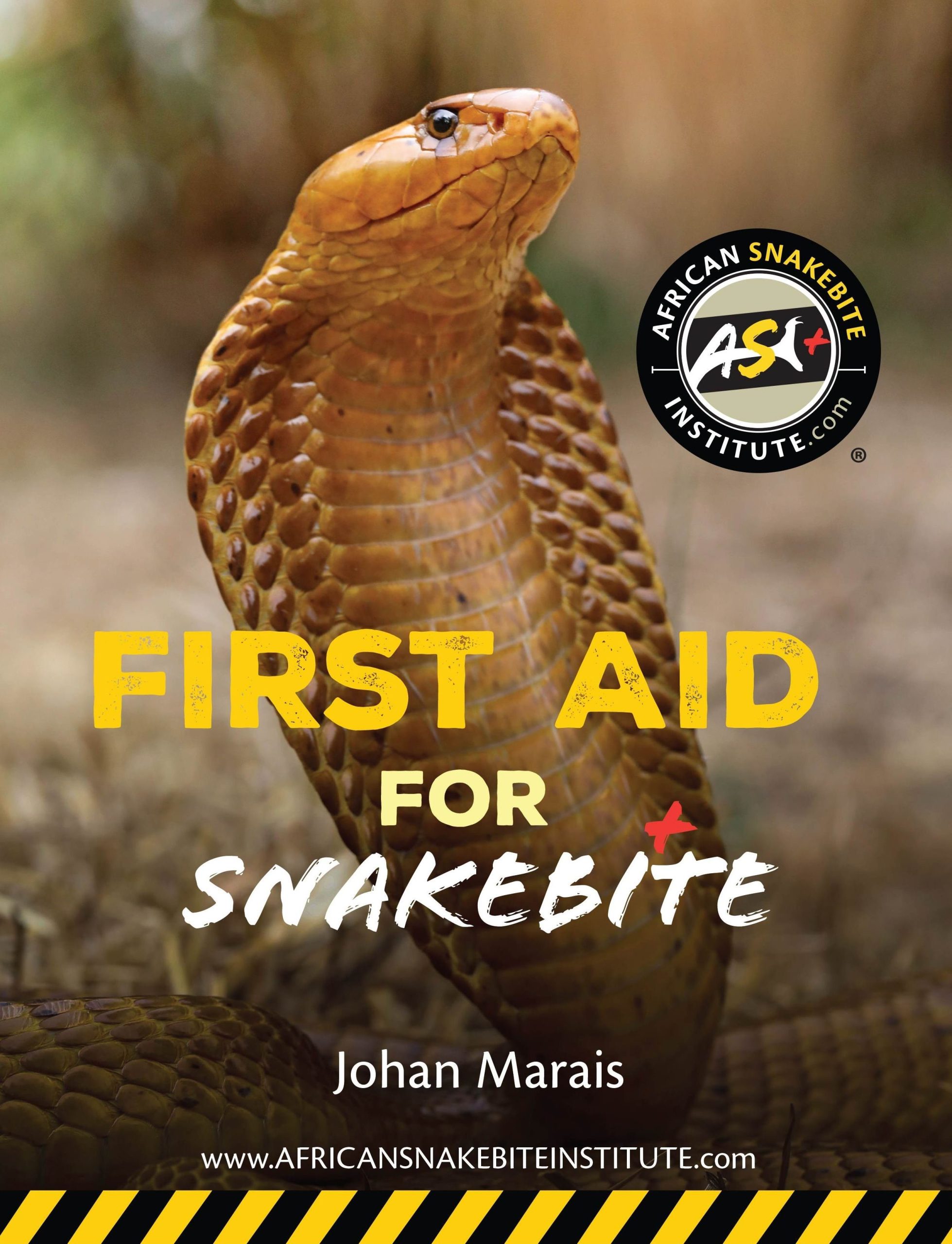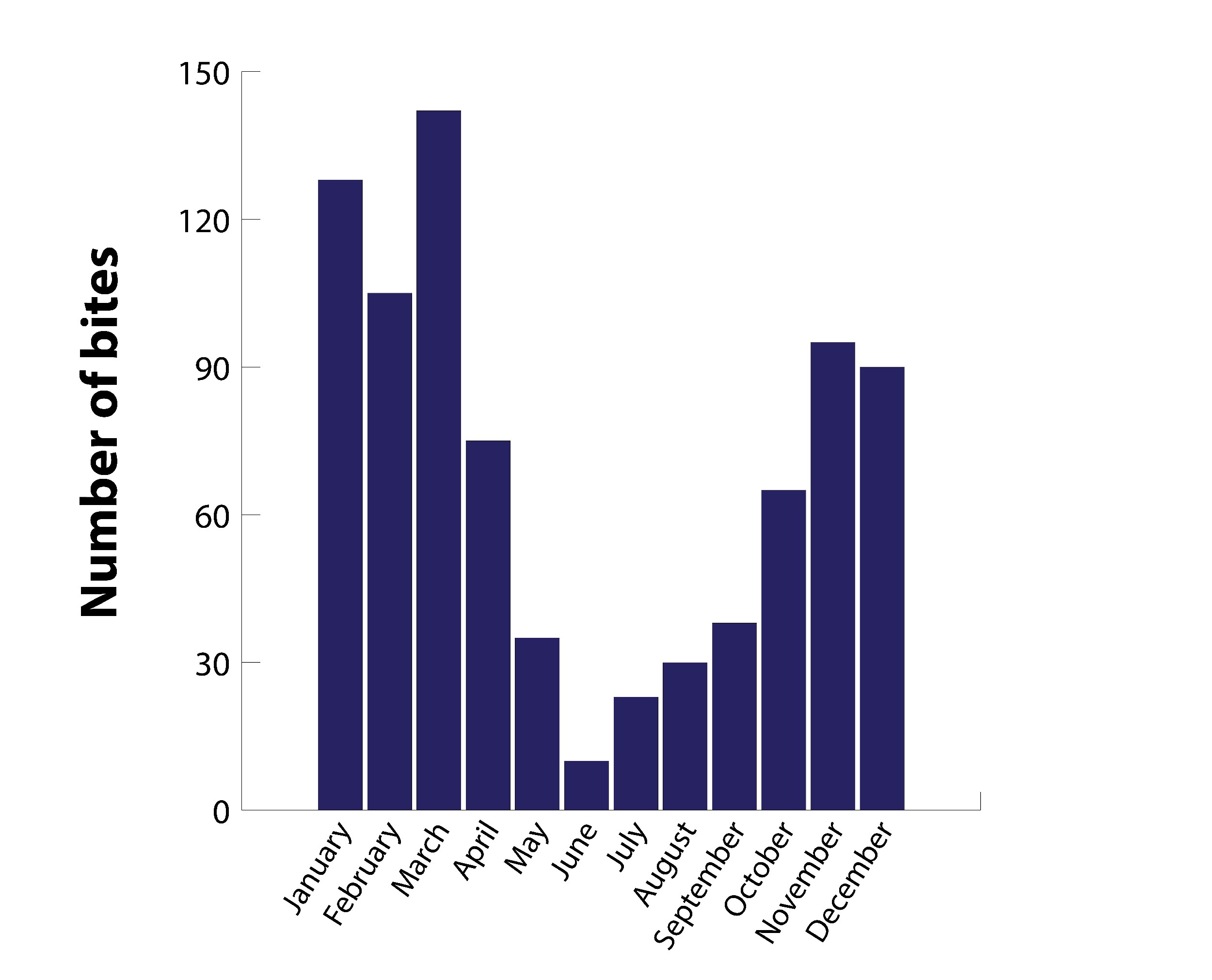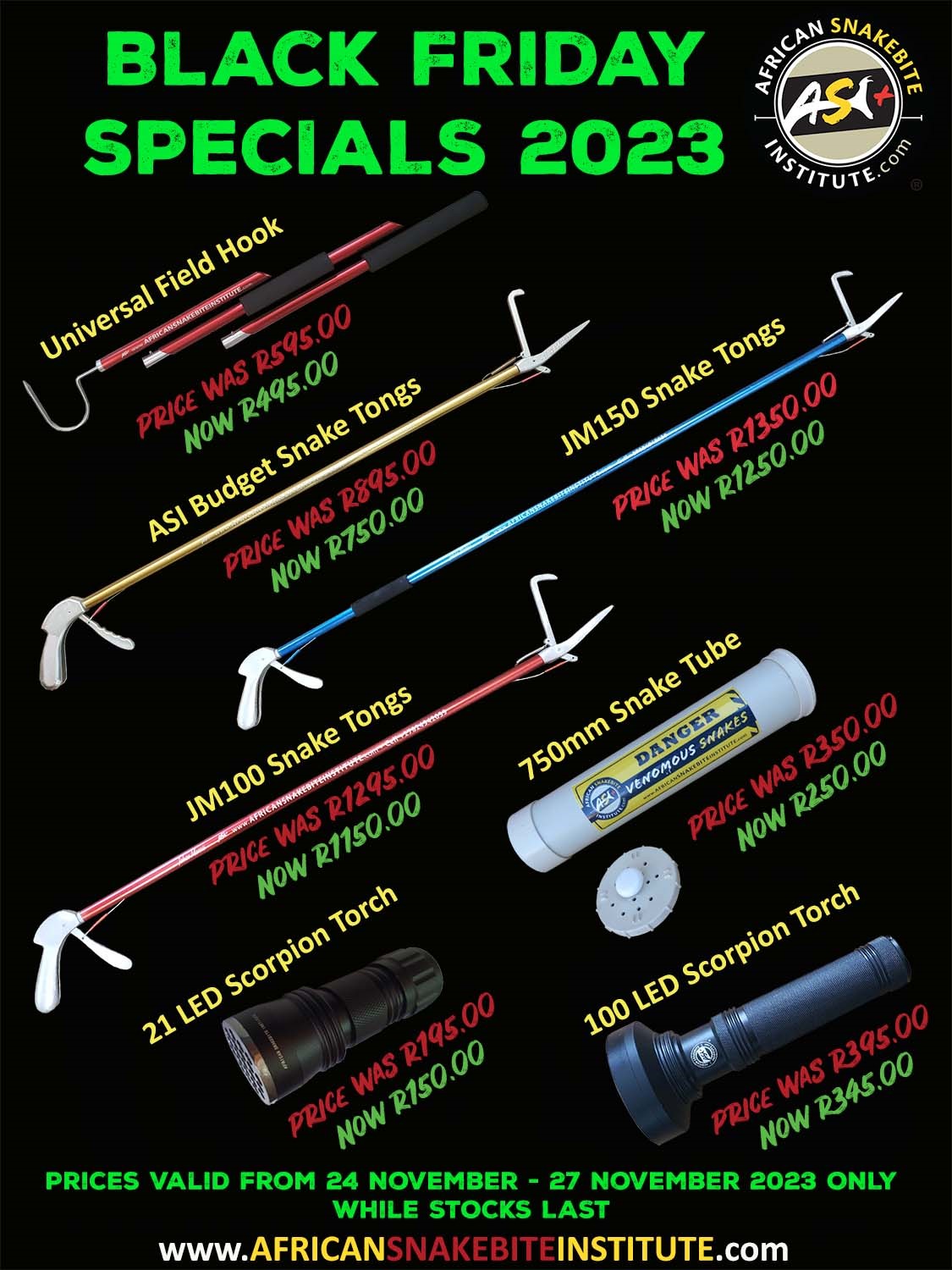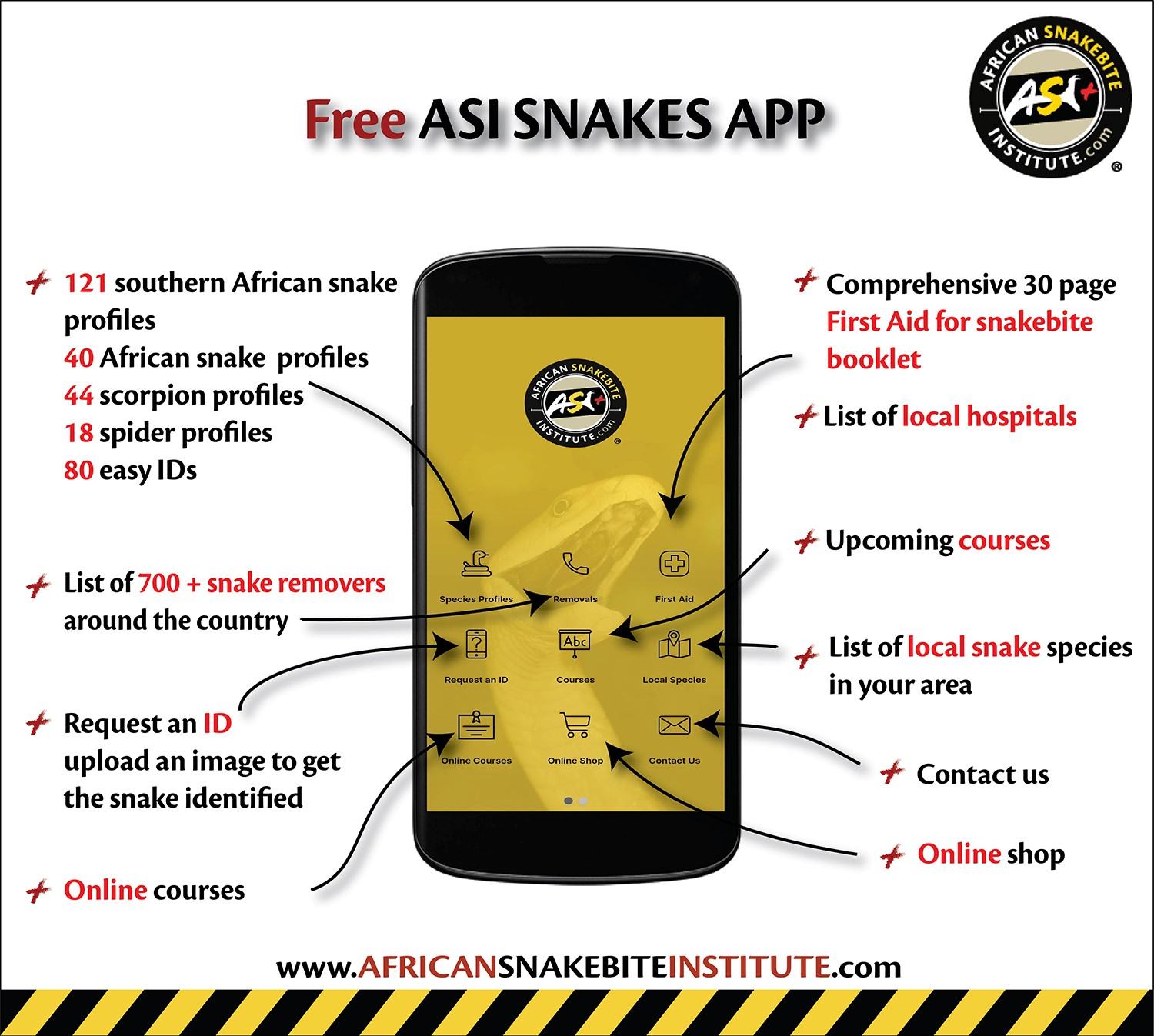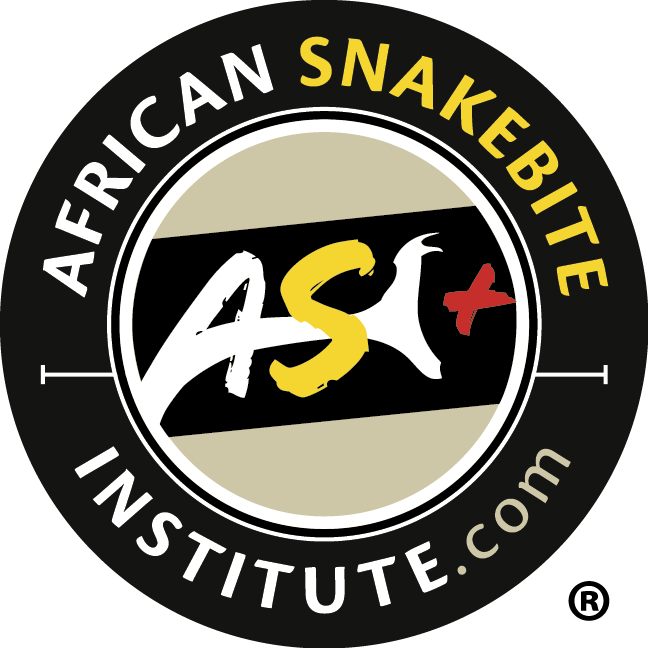Back in the nineteenth and twentieth century people tried various remedies to treat snakebite. This included cutting and sucking at the site of the bite, rubbing in Condy’s Crystals but the all-time favourite was a tight arterial tourniquet high up on the arm or leg.
First aiders often did far more damage than good, as subsequent experiments showed that none of these methods were of much help. Arterial tourniquets are particularly dangerous and often resulted in the amputation of limbs or even fatalities. By cutting off the blood flow, the lack of oxygen to the limb causes the tissue to eventually die. I asked Prof David Warrell of Oxford University and the World Health Organisation’s (WHO) snakebite expert on his views of people using tourniquets for snakebite and his answer was as follows: “Arterial tourniquets applied at pressure above systolic blood pressure are far too dangerous ever to be recommended as I have made clear in all my publications.”


